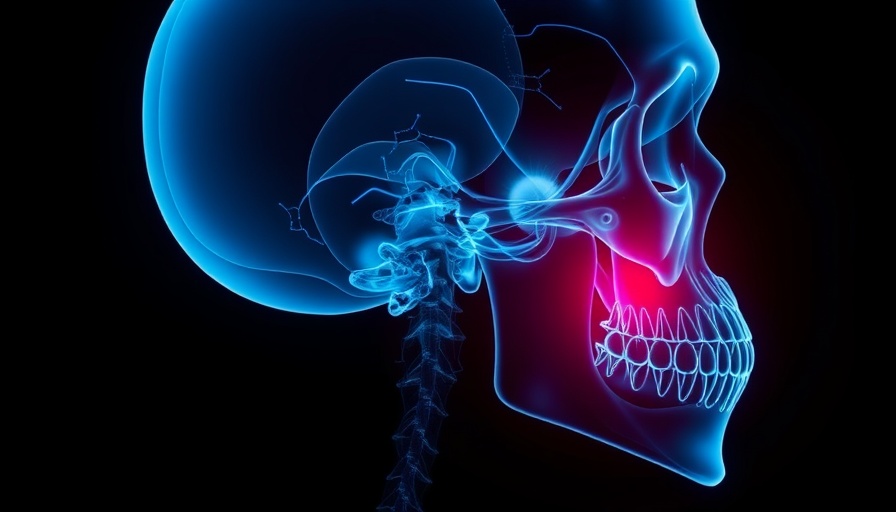
Hyperbaric Oxygen Therapy: A Groundbreaking Approach to MRONJ
Medication-related osteonecrosis of the jaw (MRONJ) represents a serious and often debilitating condition that can arise from the use of certain medications for bone-related diseases, particularly in patients undergoing cancer treatment. The case study we explore today illustrates how a combination of Hyperbaric Oxygen Therapy (HBOT) and conservative treatment methods may offer new hope for patients facing severe MRONJ.
The Case Study: Success through Innovation
This case details the treatment of a patient suffering from severe MRONJ, a complication that can lead to jaw pain, swelling, and infection. Traditional treatment methods often struggle to provide adequate relief, and patients may experience prolonged suffering and a diminished quality of life. However, in this instance, the implementation of HBOT alongside conservative management strategies demonstrated promising results. The patient underwent several sessions of HBOT, which involves breathing pure oxygen in a pressurized room. This environment enhances the absorption of oxygen in the bloodstream, facilitating healing and recovering soft tissue and bone.
Understanding MRONJ: A Serious Condition
MRONJ is primarily associated with medications that affect bone remodeling processes—a group that primarily includes bisphosphonates and some anti-resorptive agents. With the increasing use of these therapies for osteoporosis and cancer-related conditions, more cases of MRONJ are being reported. Raising awareness about the symptoms, preventive measures, and innovative treatment options, like HBOT, can play a vital role for both patients and healthcare professionals.
The Role of Hyperbaric Oxygen Therapy
HBOT has garnered interest in recent years due to its potential to accelerate healing, particularly in difficult cases like MRONJ. The therapy promotes neovascularization, which is the formation of new blood vessels, ultimately leading to improved blood flow and oxygen delivery to damaged tissues. This could be crucial for MRONJ cases where vascular health is compromised. Various studies support the effectiveness of HBOT in enhancing wound healing, reducing the size of necrotic lesions, and improving overall patient outcomes. Furthermore, patient testimonials often reveal a remarkable recovery trajectory when integrating HBOT into their treatment plans.
Complementary Conservative Approaches: A Holistic Strategy
Alongside HBOT, conservative management plays a significant role in treating MRONJ. This often includes good oral hygiene practices, regular dental check-ups, antimicrobial mouth rinses, and dietary adjustments to ease the discomfort while healing. Understanding the importance of these non-invasive strategies helps patients actively participate in their recovery. Engaging healthcare providers early in the process for appropriate interventions can significantly improve outcomes.
Future Directions: Optimizing Treatment for MRONJ
The promising results showcased in this case study have significant implications for future research and treatment protocols for MRONJ. As stakeholders in healthcare continue to seek effective treatment methodologies, the role of HBOT is likely to expand. Ongoing studies are essential to establish standardized treatment guidelines and to better understand the long-term effects of these methods. A multifaceted approach combining innovative therapies with traditional practices could ultimately revolutionize how MRONJ is approached in clinical settings.
Final Thoughts: Taking Action for Your Oral Health
The management of MRONJ illustrates the necessity for innovation in healthcare practices, especially concerning complex conditions that can affect one's quality of life. Understanding available options may empower patients and caregivers alike to make informed decisions. If you or someone you know is experiencing symptoms of MRONJ, consider consulting with a specialist who can provide guidance on effective treatment strategies, including HBOT. Your health and well-being are paramount, and proactive steps can lead to improved outcomes.
 Add Row
Add Row  Add
Add 




Write A Comment